A brief SEO overview
SEO stands for Search Engine Optimization. It’s the practice of optimizing your website and its content to improve its visibility in search engine results pages (SERPs) for relevant keywords and phrases. The goal of SEO is to increase organic (non-paid) traffic to your website from search engines like Google, Bing, and Yahoo.
SEO involves various techniques and strategies, including:
- Keyword Research: Identifying the keywords and phrases that your target audience is searching for.
- On-Page Optimization: Optimizing elements on your website such as titles, meta descriptions, headings, content, and URL structure to make them more search engine-friendly and relevant to your target keywords.
- Off-Page Optimization: Building backlinks from other websites to improve your site’s authority and credibility in the eyes of search engines.
- Technical SEO: Ensuring that your website is accessible to search engine crawlers and optimizing technical aspects such as site speed, mobile-friendliness, and indexability.
- Content Creation: Creating high-quality, relevant, and engaging content that satisfies user intent and provides value to your audience.
- User Experience (UX) Optimization: Improving the overall user experience of your website to encourage visitors to stay longer and engage with your content.
- Local SEO: Optimizing your website for local searches, especially if you have a physical location or serve a specific geographic area.
SEO is an ongoing process, as search engine algorithms frequently change, and competition for search visibility continues to evolve. By implementing effective SEO strategies, businesses can increase their online visibility, attract more organic traffic, and ultimately, achieve their digital marketing goals.

